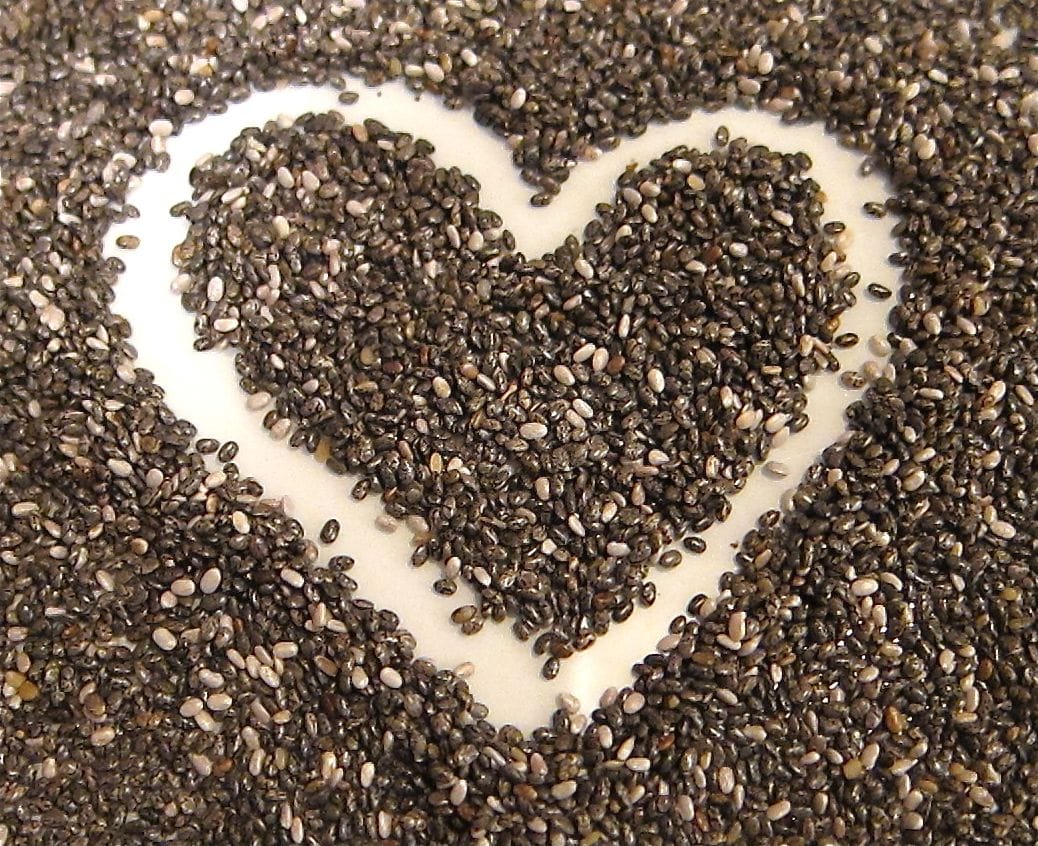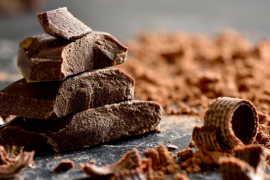Yes, you read that correctly! That’s the good news – and it’s not all bad news for those of you that prefer milk chocolate over dark chocolate. Although dark chocolate has been used in most of the research, there are some positive results in studies using milk chocolate too.
A short history of chocolate
Chocolate has been a part of human culture for at least 5000 years – that’s what you call longevity! There is a long history of its healing properties with foods and drinks being made from the Theobroma cacoa tree since ancient times.
The Aztecs believed that cacao seeds were the gift of the god of wisdom and were so precious they were used as currency. Its medicinal uses reached Europe in the 1500s, and since then more than a hundred medicinal uses for cacao or chocolate have been documented. The most common of these were recovery from wasting due to long term illness, nervous system stimulation (yep – that 3pm chocolate hit is for medicinal use!) and to improve digestion.

The health-giving properties of cacao
More recent research studying populations that regularly consume cacao products found these people to have lower rates of high blood pressure, diabetes, stroke and cancer. This led to looking more closely at what’s in chocolate that can explain these health benefits.
The cacao bean contains several important minerals, including magnesium. It’s interesting that in naturopathic medicine craving chocolate is one of the signs of magnesium deficiency. Although it’s not the only reason for chocolate cravings; they can be related to other health issues such as blood sugar problems or adrenal imbalances.
Cacao also contains flavonoids that have been found to have protective effects on the cardiovascular system. Flavonoids are antioxidants, which are involved in processes to prevent disease, and may be responsible for reducing the risk of diabetes and protecting against inflammation which is increasingly being seen as the cause of many health conditions.
Chocolate doesn’t have to equal weight gain
More good news for us chocolate lovers is that studies have not found that sustained consumption of small amounts of dark chocolate leads to an increase in weight. In fact, one study found the smell of chocolate actually suppressed appetite – so it’s possible it could be used to help prevent overeating.
More health benefits
Another benefit of cacao is the decrease of insulin resistance. Insulin resistance is a state where the body starts becoming deaf to the messages of insulin. The body starts storing fat rather than burning fat and this can be a reason some people might find it difficult to lose weight, as well as being a precursor to diabetes. Studies have shown that cacao is useful in decreasing insulin resistance and so slowing the progression to diabetes.
Other studies have focused on the increase in psychological wellbeing that chocolate consumption can cause. Did we really need scientific research to prove that? One study looked at the effects of stress after eating 40 grams of chocolate daily. Results found that eating chocolate was an effective way to reduce stress – and that includes both dark and milk chocolate!
An interesting finding was that significant effects were only seen in females.
Is chocolate a legitimate health food?
This is only a brief look at some of the many studies (I’m sure there is no shortage of volunteers for this type of research!). My conclusion is that dark chocolate can legitimately be considered a health food. Research, however, hasn’t definitively decided on the amount or kind of chocolate that is ideal to improve overall health. One point that all health practitioners agree on is that any health benefits are cancelled out if the chocolate is high in sugar.
It’s mostly all about the cacao percentage. A higher cacao number usually relates to a healthier chocolate. There is variation between how chocolate companies arrive at their cacao percentage but as a general rule the higher the percentage, the lower the sugar content and the more intense the flavour. Milk chocolate can have as little as 10% cacao and the good stuff to look for is at least 70%, and preferably fair-trade and organic. (Check out our favourite fair trade chocolates here.)
In the words of Hippocrates, the father of medicine, “Let food be thy medicine and medicine be thy food,” and so chocolate (in moderation) could definitely be enjoyed as a guilt-free healthy treat.












I love the Coles Superboost mix – nuts, dried fruit and little bits of dark chocolate. I’m sure it’s good for me. It feels healthy, anyway.
Nuts, a good protein source, are certainly great as a snack plus the dark chocolate – no wonder it feels healthy! 🙂
I eat 90% dark chocolate for breakfast. Nothing beats it to kickstart the day
That is GENIUS! Love it, K! x